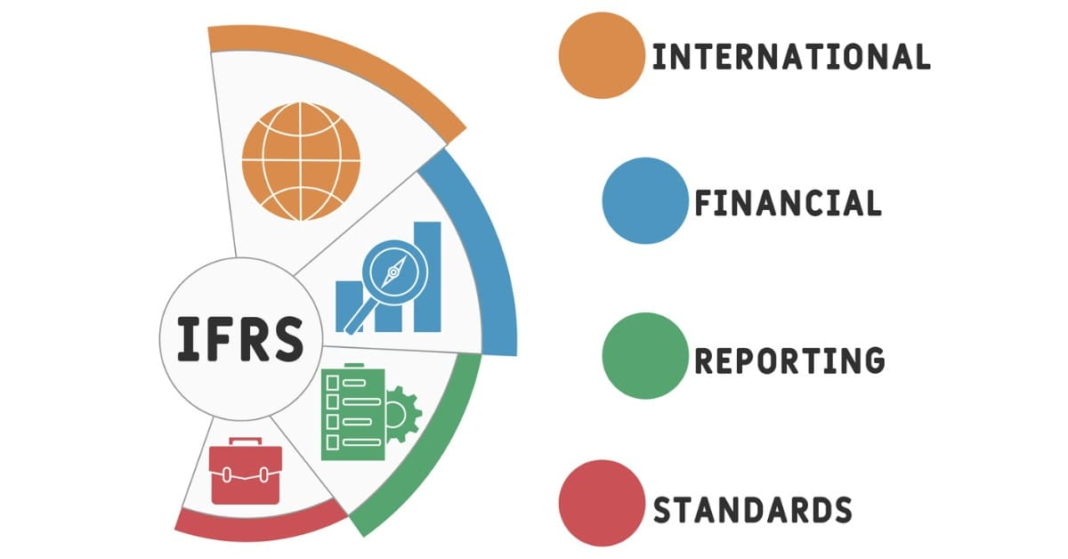The International Financial Reporting Standards (IFRS) S1 and S2 represent critical steps toward enhancing transparency and sustainability in financial reporting. For financial professionals in the USA, navigating these standards involves understanding their implications, ensuring compliance, and integrating them effectively into existing reporting frameworks. Here’s a comprehensive guide to successfully implementing IFRS S1 and S2 in the United States.
Understanding IFRS S1 and S2
What Are IFRS S1 and S2?
- IFRS S1: Focuses on general sustainability-related disclosures, requiring companies to provide comprehensive information on sustainability risks and opportunities that affect their financial performance. It emphasizes the need for detailed disclosures on governance, strategy, and risk management related to sustainability.
- IFRS S2: Specifically addresses climate-related disclosures, aligning with the recommendations of the Task Force on Climate-related Financial Disclosures (TCFD). It mandates the disclosure of how climate change impacts a company’s financial position, performance, and strategy.
For US financial professionals, understanding the nuances of these standards is crucial for ensuring compliance and enhancing the quality of sustainability reporting.
1. Educate Your Team
Training and Awareness
Implementing IFRS S1 and S2 requires a well-informed team. Provide training sessions and resources to familiarize your finance and accounting staff with the new standards. This education should cover:
- Overview of IFRS S1 and S2: Key requirements, objectives, and implications.
- Reporting Frameworks: How these standards integrate with existing financial reporting and disclosure requirements.
- Climate Risk Management: Specifics on addressing climate-related risks and opportunities.
2. Assess Current Reporting Practices
Gap Analysis
Before integrating IFRS S1 and S2, assess your current sustainability and climate-related reporting practices. Conduct a thorough gap analysis to identify areas where your existing reports may fall short of the new requirements.
- Review Existing Disclosures: Evaluate how current reports align with IFRS S1 and S2 standards.
- Identify Improvement Areas: Pinpoint specific areas needing enhancement or new processes.
3. Develop a Comprehensive Implementation Plan
Strategic Planning
Creating a detailed implementation plan is essential for aligning with IFRS S1 and S2. This plan should include:
- Objectives and Milestones: Define clear objectives and key milestones for implementing the standards.
- Resources and Responsibilities: Allocate resources and designate team members responsible for various aspects of the implementation.
- Timeline: Develop a realistic timeline for achieving compliance and integrating new reporting practices.
4. Enhance Data Collection and Management
Robust Data Systems
Effective implementation of IFRS S1 and S2 relies on accurate and comprehensive data. Invest in systems and processes to collect and manage sustainability and climate-related data:
- Data Sources: Identify and integrate reliable data sources for sustainability and climate-related metrics.
- Data Quality: Ensure data accuracy, consistency, and completeness.
- Technology Solutions: Utilize data management software and tools to streamline data collection and reporting.
5. Integrate with Financial Reporting
Seamless Integration
Integrate the requirements of IFRS S1 and S2 into your financial reporting framework to ensure coherence and consistency:
- Alignment with Financial Statements: Ensure that sustainability and climate-related disclosures are harmonized with financial statements.
- Disclosures: Incorporate necessary disclosures into your annual reports, including governance, strategy, risk management, and performance related to sustainability and climate.
6. Engage Stakeholders
Communication and Transparency
Effective communication with stakeholders is key to implementing IFRS S1 and S2 successfully:
- Stakeholder Engagement: Communicate with investors, regulators, and other stakeholders about your sustainability and climate-related disclosures.
- Feedback Mechanisms: Establish mechanisms to gather stakeholder feedback and address any concerns or questions.
Conclusion
Successfully implementing IFRS S1 and S2 in the USA requires a strategic approach involving education, thorough assessment, and careful planning. By understanding the standards, enhancing data management, integrating with financial reporting, and engaging stakeholders, financial professionals can navigate these new requirements effectively. Staying informed about regulatory changes and maintaining compliance will ensure that your organization remains at the forefront of sustainability and climate-related reporting, ultimately enhancing transparency and driving positive environmental and social impact.







